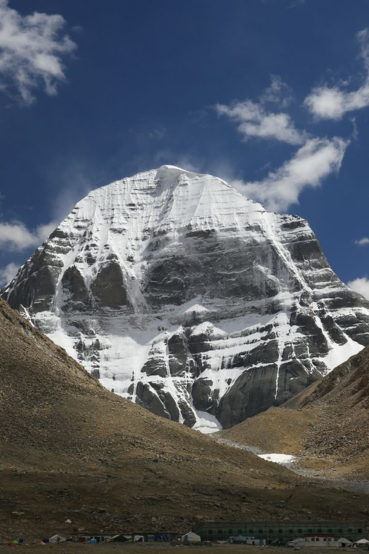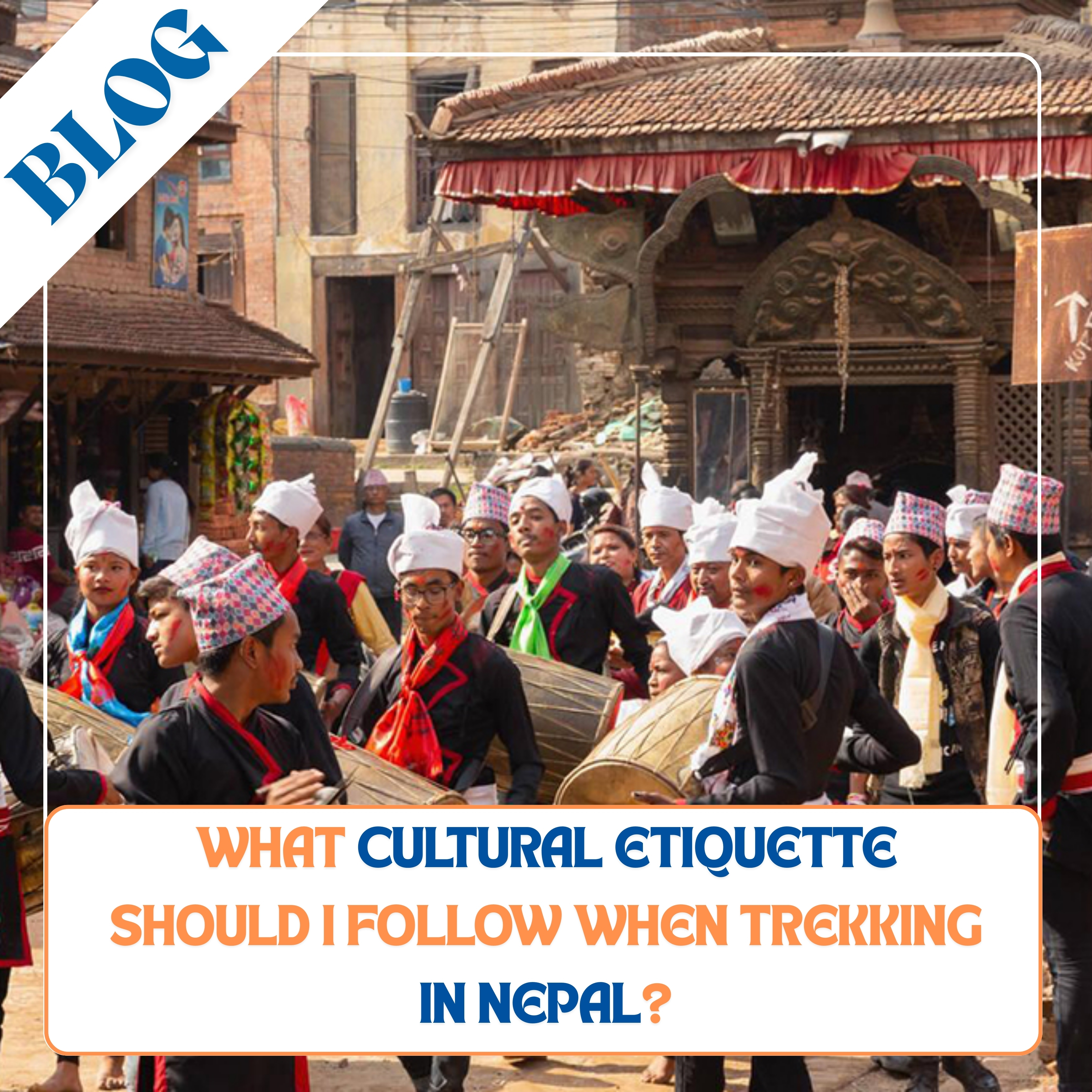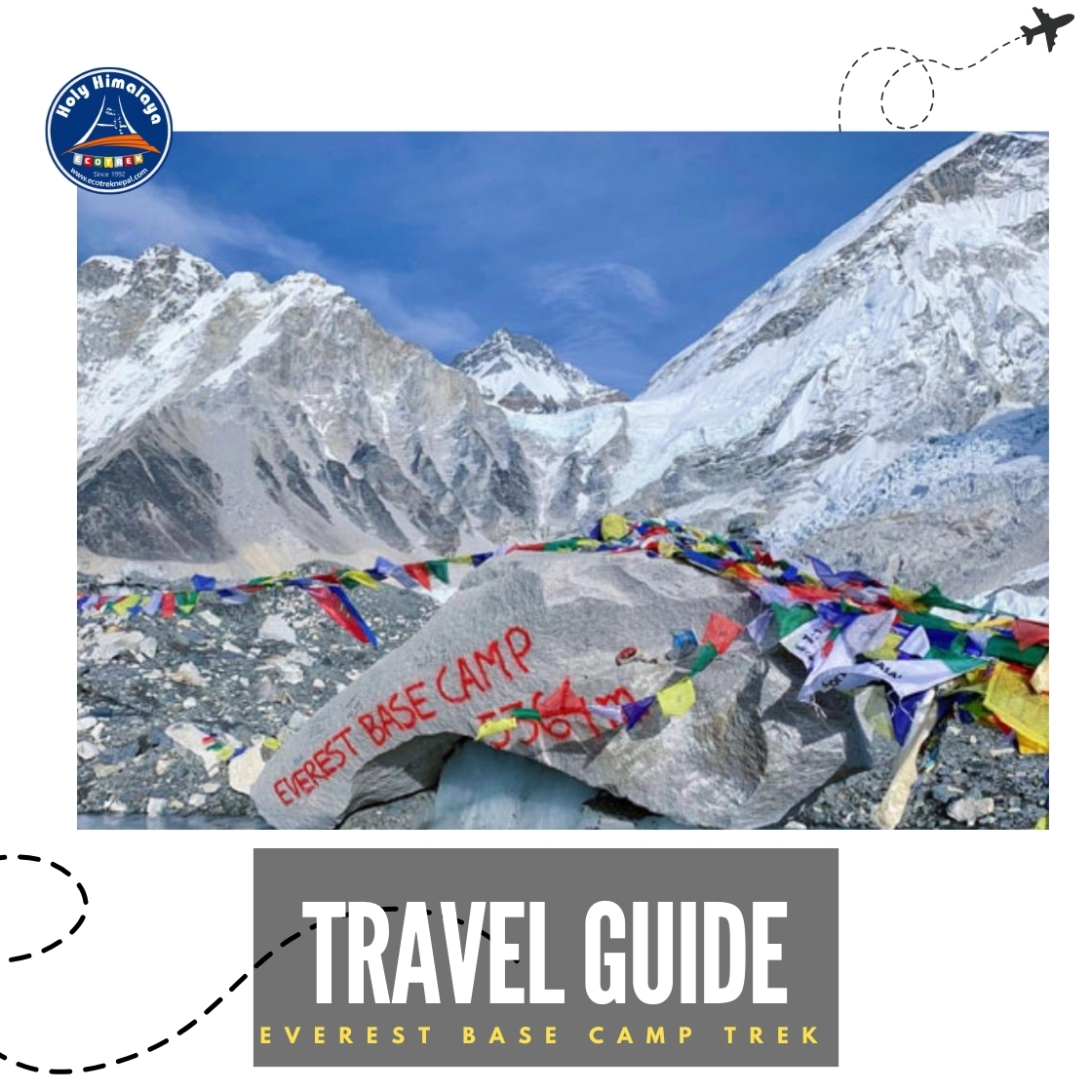Nepal, known for its rich cultural heritage, has its own history, diversity, and multi-ethnic people. Having towering mountains, including Mount Everest and eight mountains that are above 8,000 meters, Nepal is a haven for nature lovers and adventure enthusiasts. As you step down to the middle, rolling hills will welcome you with the lush valleys, while the Terai is known as the “rice bowl” of the country.

As Nepal is well known for its trekking places trekking in any trekking routes or any local places, travelers should know the etiquette that should be followed. Knowing the cultural dos and don’ts in Nepal while trekking could help travelers a lot, especially solo travelers.
Travelers should be aware of local customs for trekking in Nepal. There could be many activities that might be disturbing and disrespectful towards the locals and the culture, which the visitors might not be aware of.
Some of the cultural etiquette that should be followed by travelers in Nepal are listed below.
Respecting Spirituality and Local Culture
The cultures and traditions are strongly followed by the Nepali people, and there is a multi-ethnic population. We should also follow the rules and practices to respect the local culture. Following practices like removing shoes before entering any religious places such as temples and gambas and leaving a small offering to the god as a sign of respect is appreciated.
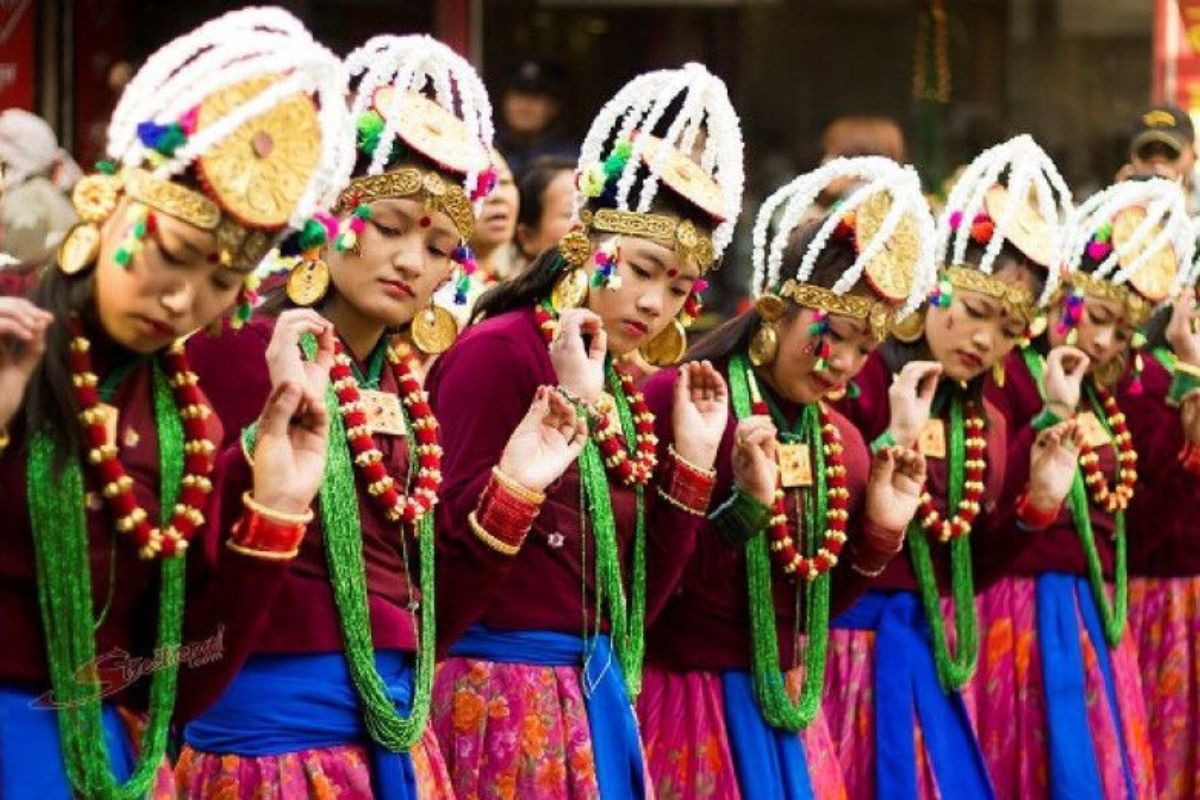
We should also know about the local culture that is practiced by the local people to get comfortable in the environment, such as obtaining permission before joining any local or spiritual event.
Dressing Decently
The dress code of someone speaks a lot, as every event has its way of dressing. We should note some cultural norms while dressing. In Nepal, females do not visit the temples wearing revealing clothes or any dress that is inappropriate in respect to the god.

The travelers should be respectful towards the local culture. During the time of any big occasion, such as a wedding or any puja (traditional rituals), ladies wear saris and kurtas, and the gents wear traditional Nepali dress known as dahura suruwal and coat. Knowing about these traditions could make your visit more delightful.
Greetings and Politeness
Showing respectful activities to the local people could be another respectful trekking practice in Nepal. The first thing that Nepali people do after meeting someone is say “Namaste.”. Namaste is a word said by joining two hands and bowing down slightly, which is used to express respect and honor to the people to whom you are doing it.

Even if you are not Nepali, it will be very respectful if you greet someone by simply saying namaste. Being polite to someone while communicating would be the best way to respect them. Talking with a happy face with the people makes a good impression.
Respecting Elders
In Nepal, people give respect to older citizens as they are dependent on other people for work. Travelers should always maintain respect and try to help older people. It is also considered that if we do something good for older people, they give blessings to us, which is pure.

The older people are very humble; the travelers could get a lot of information about the places as they have high knowledge about the historical stories. Having a short conversation with them could be very fruitful for any details. The stories explained by the older citizens will be more practical and joyful to listen to than those that have been written in the books.
Photography Etiquette
As a trekker in Nepal, you should be aware of some essential photography etiquette. While on the way, travelers could witness many unusual and unique practices or objects that they might want to capture as a memory, but it might not be possible all the time.
While taking pictures, we should ask the locals if it is ok. Also, while capturing the photographs of local people, they should respect their decision.
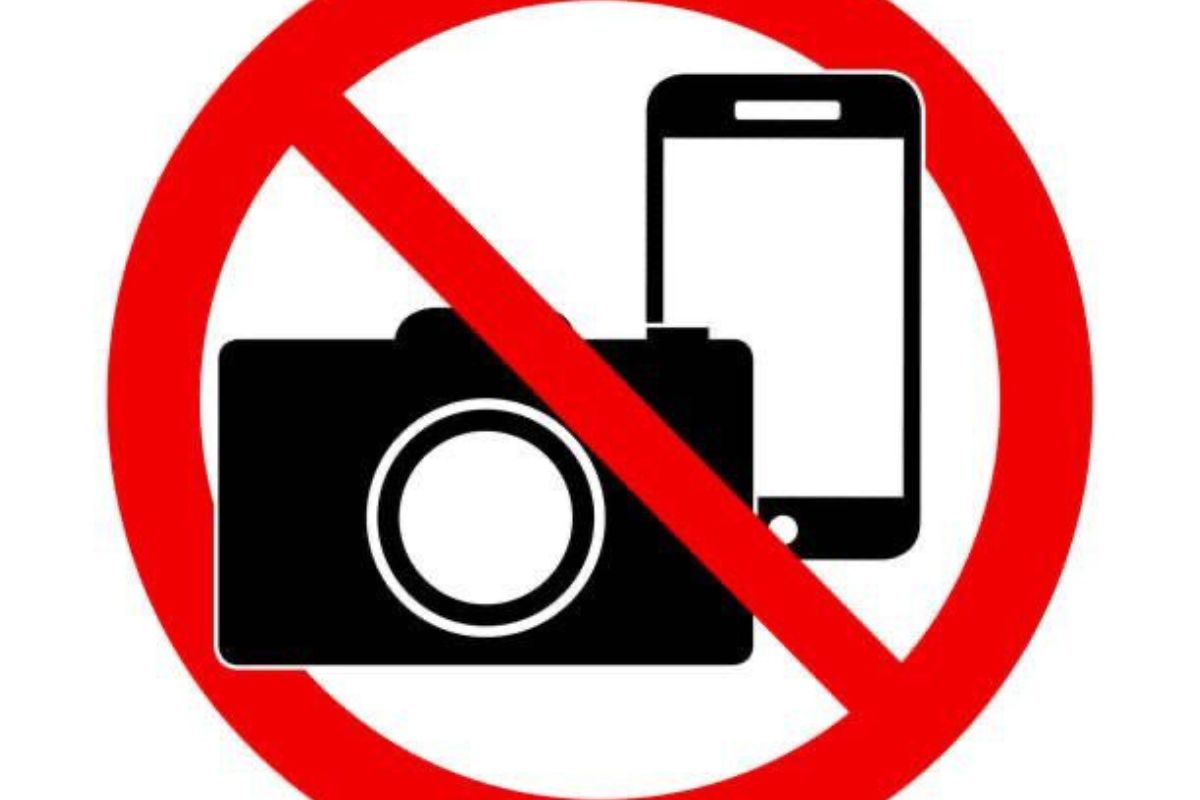
Taking pictures of religious places such as temples and gambas might not be allowed as it might be against cultural norms. Some historical monuments that have been preserved for centuries might not be allowed for taking photos.
Food and Dining Etiquette
Nepal, being a multi-ethnic country, has a huge variety of traditional dishes according to different religions. People here prioritize the god before having any meal, which is a traditional way to respect the god, and the food is also considered to be pure.

Eating food with the right hand and having a meal with friends and family makes you seem more social and respectful of trekking etiquette in Neal.
Food is considered a blessing from god, so wasting the food that you have might be considered disrespectful, so try to take as much food as you can.
Respecting the Environment and Nature
While trekking or hiking in any destination, travelers should maintain the environment and try to leave less impact on the surroundings as far as possible. Activities such as scattering trash around the trail and the overuse of plastic will affect the natural environment.

Similarly, making unnecessary noise on the trail can result in disturbing the natural habitat of flora and fauna. Plucking wildflowers and destroying their habitat should be avoided strictly. Misuse of resources, such as water and food, should also be avoided, as the food that is served is very hard to prepare, and as the elevation will be high, people will have to do hard work to regulate accommodation there.
Communication and Language
People in Nepal are always ready to welcome you with their humble hospitality. The best way to get closer and get comfortable with the local people is to communicate with them. They will treat you in the best way they can and make you feel at home.

Being humble and polite with the locals will help you in your journey. Using words like namaste, dhanyabadh (thank you), ramro cha (it's good), with cha (it's tasty), and maff garnus (sorry) could be helpful to enhance your communication with the locals, as all people might not know other languages. Talking with a smiling face could be the best way to communicate with someone.
Use of Right Hand
In Nepal, while performing any activity like a handshake, taking and giving things, especially culturally related work like puja, taking prasad from the temple, and lighting up the diyo for any cultural work, the right hand is used. It is considered that using the right hand instead of the left hand is pure and auspicious.
Besides these activities, while eating food, Nepali people always eat with their right hand. (except for the lefties), and the use of the right hand during prayers allows a stronger connection with the divine energy.

Following these etiquettes can make your next visit to Nepal more memorable, and you could learn a lot more about the culture and norms followed here. Just taking small steps could make a big difference.


